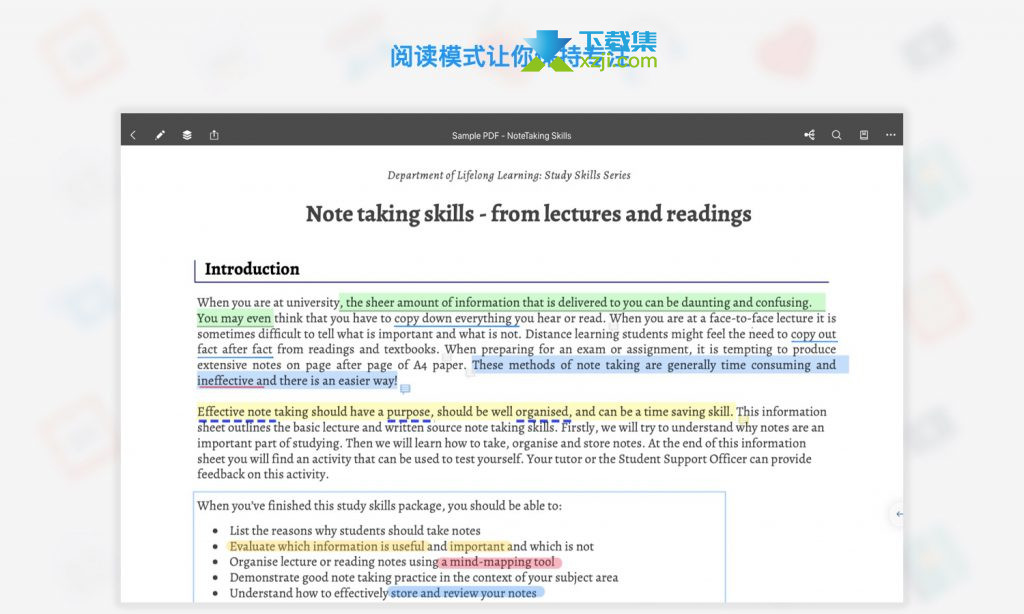

It's best to leave doublespacing where it belongs, in typewritten manuscripts submitted to publishers.Īs to the main topic, How to make Word make sidenotes, I would agree with others that Word is the wrong tool for the job. Decent margins are more useful for notes and allow comparison between the author's and reader's messages. Notes between the lines of text interrupt the authors narrative and distract the reader from what the has to say. Any typographer will tell you that correct linespacing improves the readability of text and aids reading of extended text. Double line spacing is useful for copyeditors that need to correct grammar or typography but it is not useful for much else because it interferes with the readability of the text. While I agree that making notes in a book is one way to `own' a book ( I think `finishing' a book for the author is a little presumptuous), I think that double spacing is a poor way of allowing the reader to make notes. "What a shame," I replied, thinking that one-third that many would probably be better for the readers although much harder to write.
ADOBE AND MARGINNOTE MANUALS
The chief of a large group producing computer manuals once told me that they "produced 46,000 pages of manuals" that year. This leads to the appearance that productivity is being measured by the page. Given frequent repetition and boilerplate, legal documents sometimes appear bulked up and puffy, all that paper for not that much substance per page. Many, although not all, of the legal documents I have seen (at The Smoking Gun, for example) have too few words per page with over-generous leading and even double-spaced lines. Maybe the empty space in the margin can be left for marginal notes written by the readers, if any. If the marginal materials are simply references, then the standard footnotes (at the bottom of each page, not ganged together at the end of the document) are fine. Of course, the big-column/little-column format should not be done mechanically there needs to be worthwhile material that naturally belongs in the margin. Long ago I once proposed to a client that computer manuals (with 8.5 by 11 inch paper imprisoned in 3-ring binders) follow the design of Feynman's physics textbook and stop wasting all that paper in the margin. The design of Feynman's pages are probably a better model than my books, which are so intense, idiosyncratic, and personal-and are therefore not a good workaday model for document design.

For my books, the righthand margin column also often serves to help present big images that run the width of the entire page. So what should be done with that extra space on the right of the page when a single column of text is used? The design of my books and of Feynman's book puts small images, image credit lines, numbered notes, and references out in a narrow righthand column. (An unsatisfactory solution is to make the type real big to fill the horizontal width.) In general, a line of text should not be more than 2 or 3 alphabets long, unless there is spacious leading. That is too wide for a single column of type thus 2 columns of text are often used in books with an 8.5 inch page width. The problem fundamentally arises from the 8.5 inch page width.

One page of that book is reproduced (rather small) in "The Cognitive Style of PowerPoint." Here it is somewhat larger: Richard Feynman, Robert Leighton, and Matthew Sands, The Feynman Lectures on Physics. On this issue more generally, take a look at the layout of


 0 kommentar(er)
0 kommentar(er)
